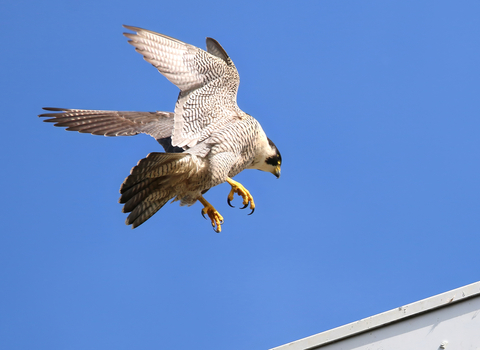How do you take a winning wildlife image?
Top tips for anyone entering the annual BBOWT photo competition.
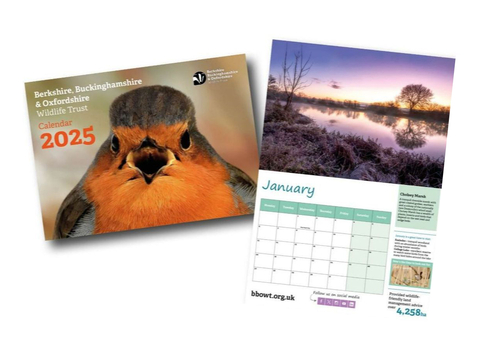
Landscape format, please!
Winning entries will be selected for the BBOWT Calendar, so they need to be landscape, not portrait or square. If you like to crop your photos, a ratio of 7:5 is best.
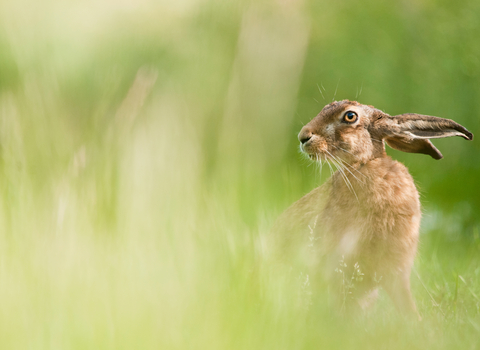
European hare feeding in a field, Berkshire. Picture: Bertie Gregory/2020VISION
Respect your subject
Do no harm - Always put the welfare of wildlife first.
Don't get too close - Animals can get stressed and panic if you get too close to their home.
Watch your feet - Stay on designated paths and don't trample flowers to reach more flowers.
Know the law - familiarise yourself with protected species and the laws that protect them.
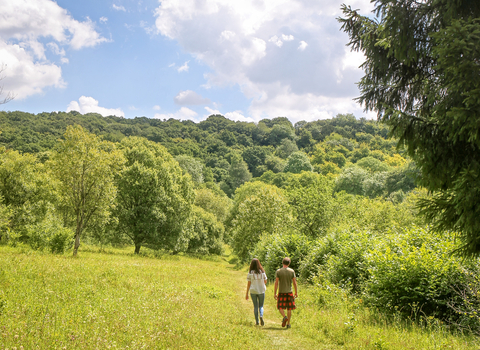
A couple walking through Warburg Nature Reserve. Picture: Ric Mellis
Visit a BBOWT reserve
With over 80 BBOWT nature reserves and two visitor centres to choose from, there are lots of places to discover the spectacular wildlife of Berkshire, Buckinghamshire and Oxfordshire.
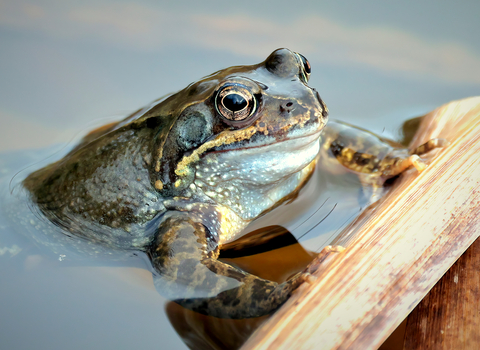
Common frog by Jessica Crumpton, Letcombe Brook, Oxfordshire
Nature on your doorstep
From parks and gardens to rivers and ponds - wonderful, wildlife-rich habitats are all around us.
Look out for interesting behaviour, vibrant colours and hidden details... delight us with images of nature near you!
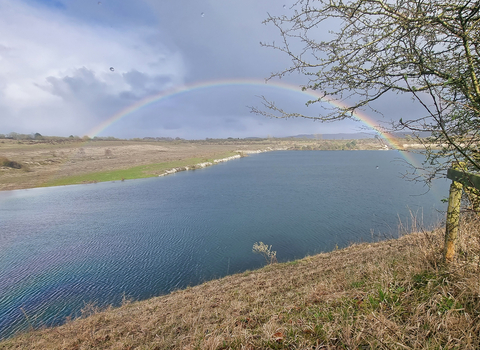
College Lake rainbow by Emma Stone
Mobile phone photography
You don't need a big fancy camera for your chance to win!
Take inspiration from 2024 category winner, Emma Stone, who snapped this amazing rainbow over College Lake using her mobile phone.
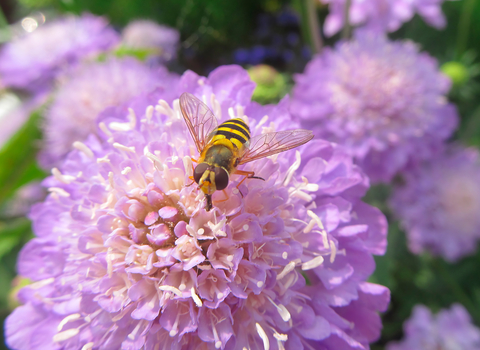
Hoverfly on scabious by Fern Gregory
Tips for children & teens
Photograph your favourite animals and flowers - maybe you like watching birds in flight, or do spiders and insects give you a buzz?
Most importantly, have fun! Enjoy and learn from your time outdoors connecting with nature.
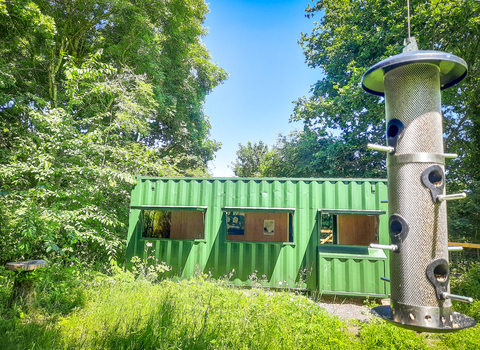
One of the bird feeders at the woodland bird hide at the Nature Discovery Centre (NDC). Picture: Pete Hughes
Be patient
Often, slow and steady wins the race! If you are patient and stay silent then wildlife may come to you.
Consider watching from a hide. Many of our nature reserves, such as College Lake and the Nature Discovery Centre, have hides to give you excellent views and photo opportunities.
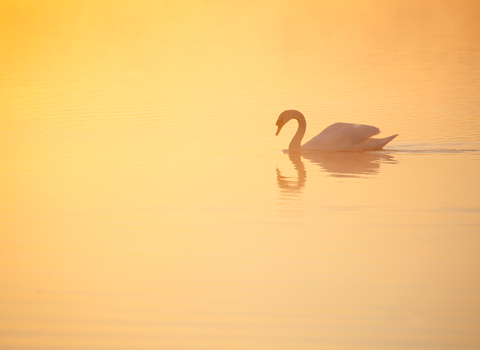
Mute swan by Peter Cairns/2020VISION
Go golden
Are you an early-bird? The 'golden hour' refers to the time of day just after sunrise - and just before sunset - when beautiful, atmospheric images can be taken.
Considering visiting your favourite place at different times of the day - and through the seasons - to catch the change in light or mood.

